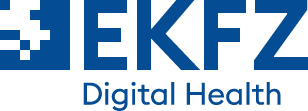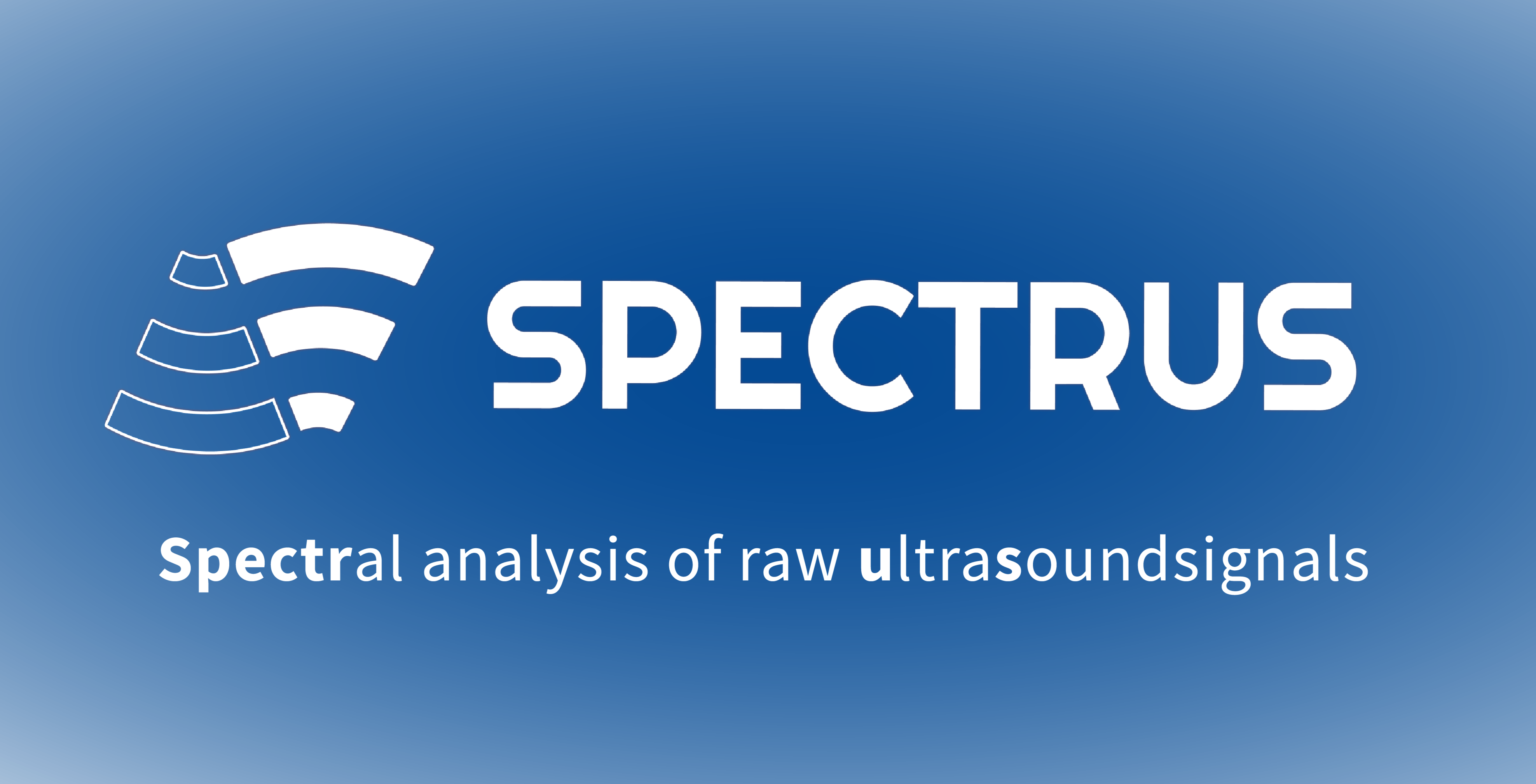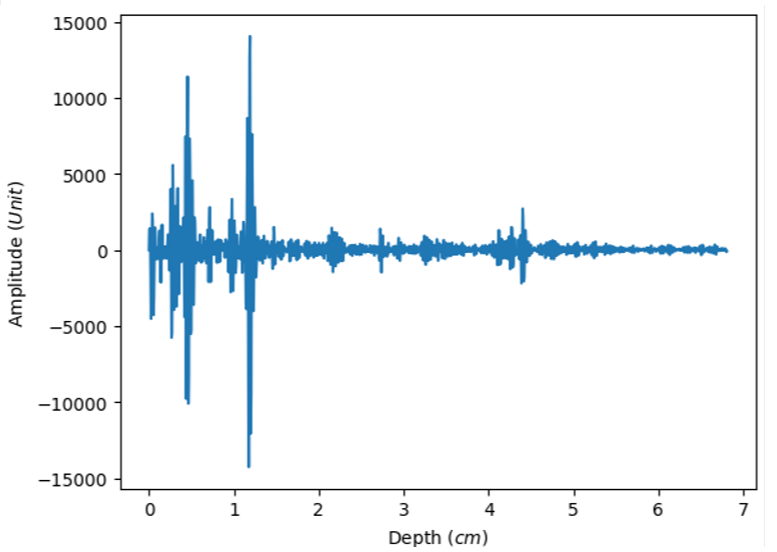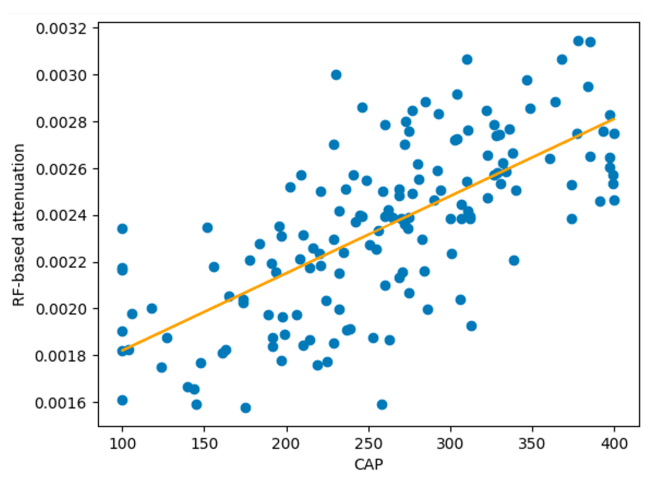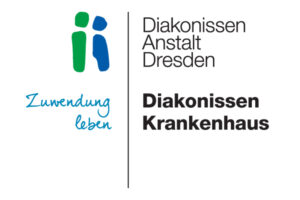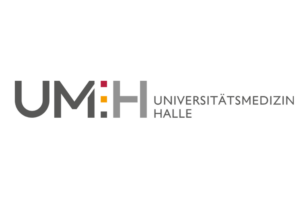The SPECTRUS project aims to investigate the added diagnostic value of raw ultrasound data. Ultrasound raw data (also known as radiofrequency data) are the unprocessed oscillations of the receiving channels. For the classic B-scans, this data is reduced to its amplitudes and displayed as images that can be interpreted by humans. However, the frequency information contained in the data is lost in this step. Similar to spectroscopy with light, however, this frequency information can provide valuable additional information. As the reflected sound results from the mechanical interaction of sound waves and tissue, the raw data allows conclusions to be drawn about the biomechanical properties. This analysis can be performed by calculating parameters, by combining raw data analyses and B-scans or by classification using neural networks.
SPECTRUS is an addition to the HybridEcho project.
If you have any further questions about SPECTRUS or interest in a collaboration, please contact Moritz Herzog.
Multiple centers have joined forces in the SPECTRUS project to create a corresponding database. The issues currently being investigated include:
Hepatic steatosis causes an accumulation of fat in the liver cells and affects nearly half of the western population. The accumulation of fat changes the acoustic behavior of the tissue, which can be analyzed using quantitative ultrasound. Besides specific parameter sets like the h-scan or frequency-specific attenuation, AI offers a promising alternative. The large patient cohort offers a sufficient database to train and evaluate different models
Focal lesions in the liver are a common finding in ultrasound examinations. The differentiation of malignant and benign lesions requires long training and sometimes even an invasive biopsy. The inherent differences in the acoustic behavior of different tissue types could provide additional diagnostic information, increasing the accuracy and simplifying the diagnosis.
Ultrasound examinations of patients with an inflammatory bowel disease (IBD) are based on measurements of the wall thickness and its perfusion. To increase the reliability of ultrasound in IBD, the changes in the acoustic parameters of the intestine during inflammation could be used. We therefore investigate the connection between quantitative ultrasound and different aspects of IBD, such as the therapy response.
Ultrasound Spectroscopy for the detection of inflammation in inflammatory bowel diseas
Carolin Schneider
